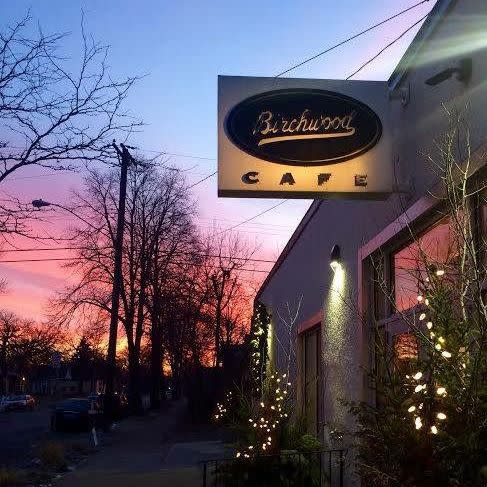Foods That Used to Be Cool But Aren’t Anymore
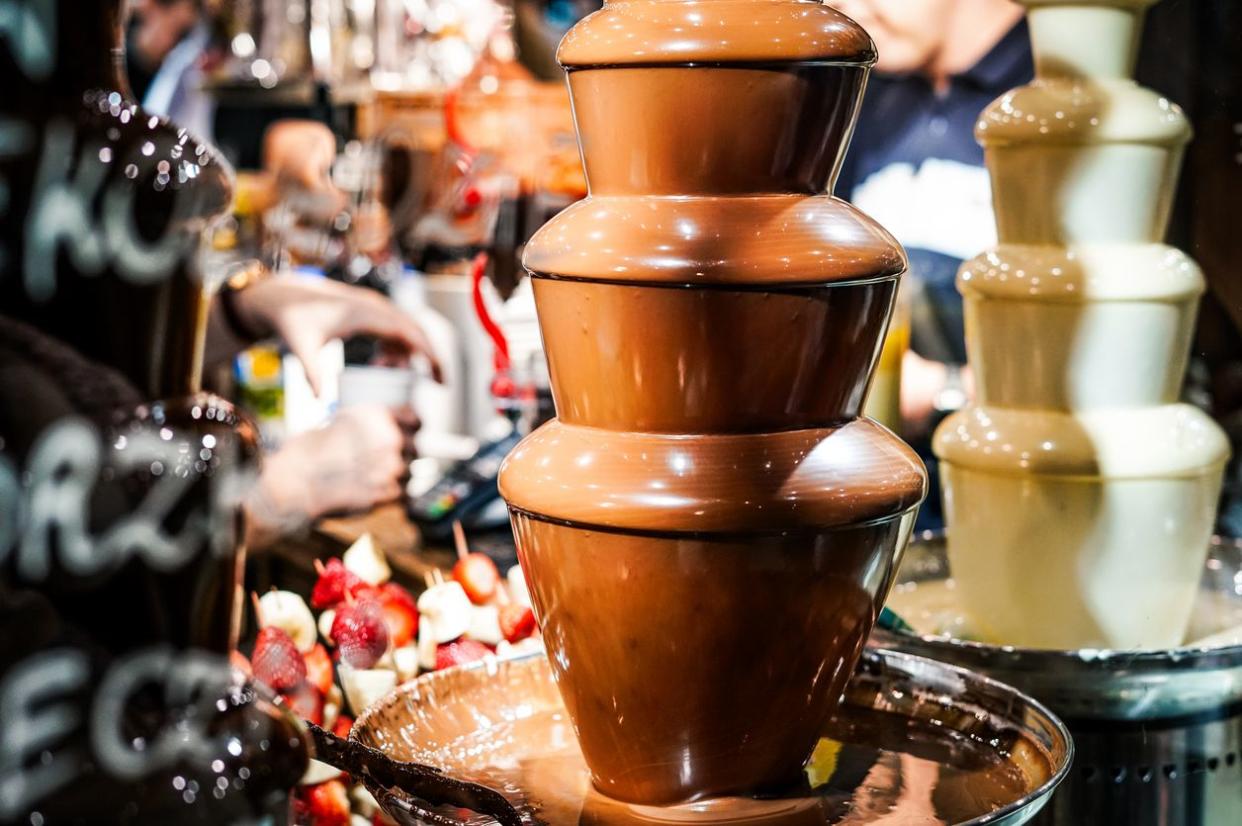
Food fads
Just like books, movies, and television shows, some foods can become the subject of a fad. And just as a very popular book, movie, or television show can fall out of favor overnight, so can some food item that’s become wildly popular for mysterious reasons, and it can happen in a here-today-gone-tomorrow fashion that will make your head spin.
Here’s our list of 12 foods that were themselves the subject of fads, only to see their immense popularity prove temporary and fade into the sunset. In some cases, it’s hard to see why the foods fell out of favor, while in other cases, there’s simply no explaining how these very icky concoctions ever made it into the recipe book in the first place.
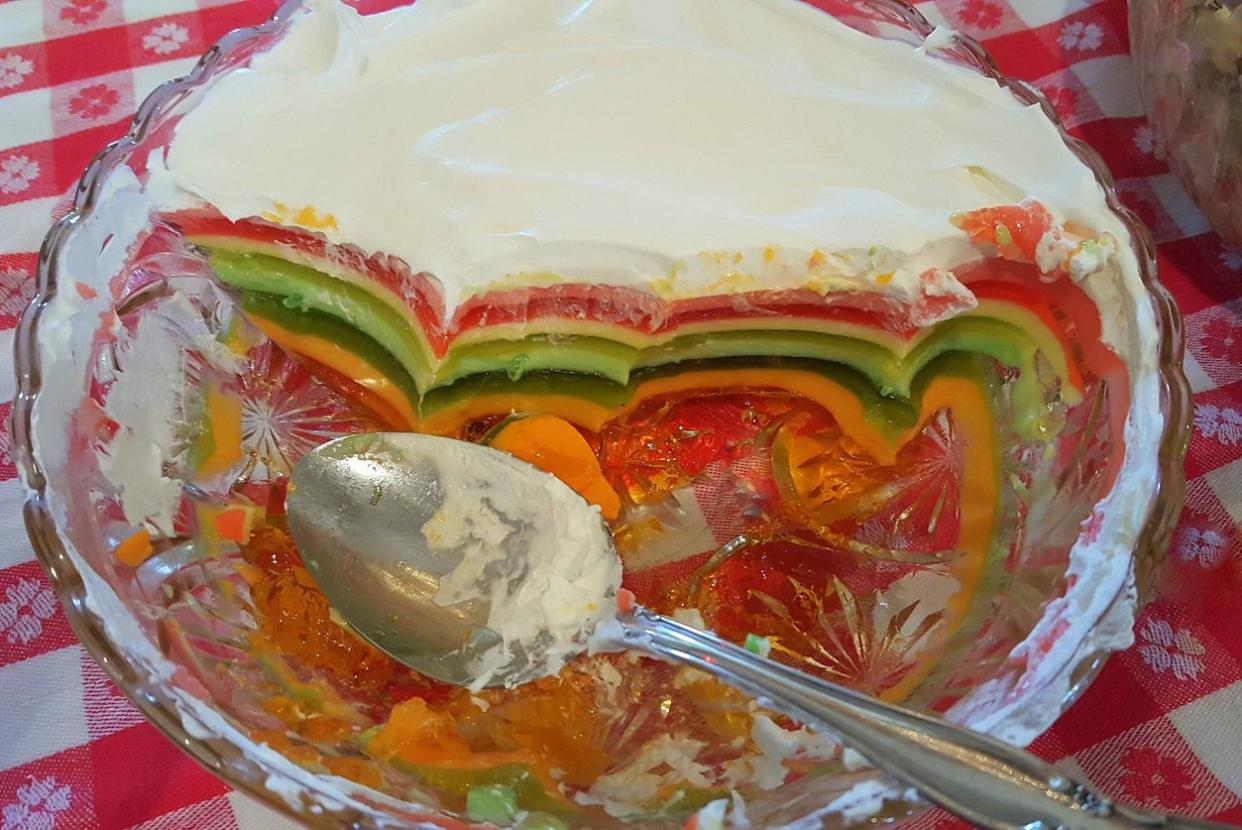
1. Jell-O Salad
There was a time in the storied history of the United States in which everyone throwing a potluck dinner would be guaranteed to receive at least one Jell-O salad on the occasion. The principle behind the dish was simple – take some fruit, maybe some veggies, perhaps some marshmallows, or maybe ham – and encase it all in Jell-O or an off-brand sweetened gelatinous foodstuff. This is now considered a “retro” dish, which means no one makes it anymore. For that, we are incredibly grateful.
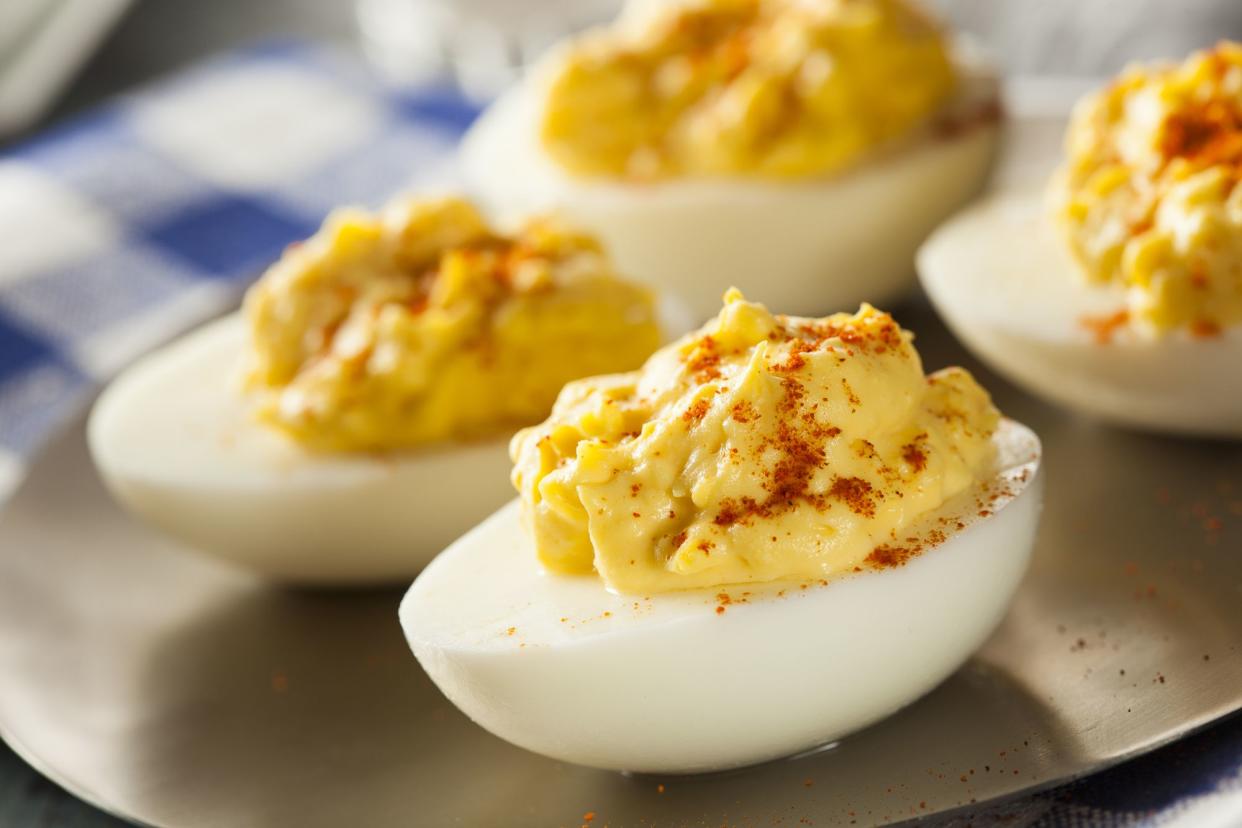
2. Deviled Eggs
Despite their name, deviled eggs will not cause anyone who eats one to convert to Satanism. In fact, they’re just hard-boiled eggs with mayonnaise or mustard added to the yolk, with perhaps a sprinkle of pepper for added whimsy. You don’t see them much today, as they’re really a relic of “Leave it to Beaver” era picnics and went out of style decades ago. However, they’re easy to make, and despite the attitude you may receive from party guests upon presenting them with a tray full of the things, all of them will get eaten. All of them.
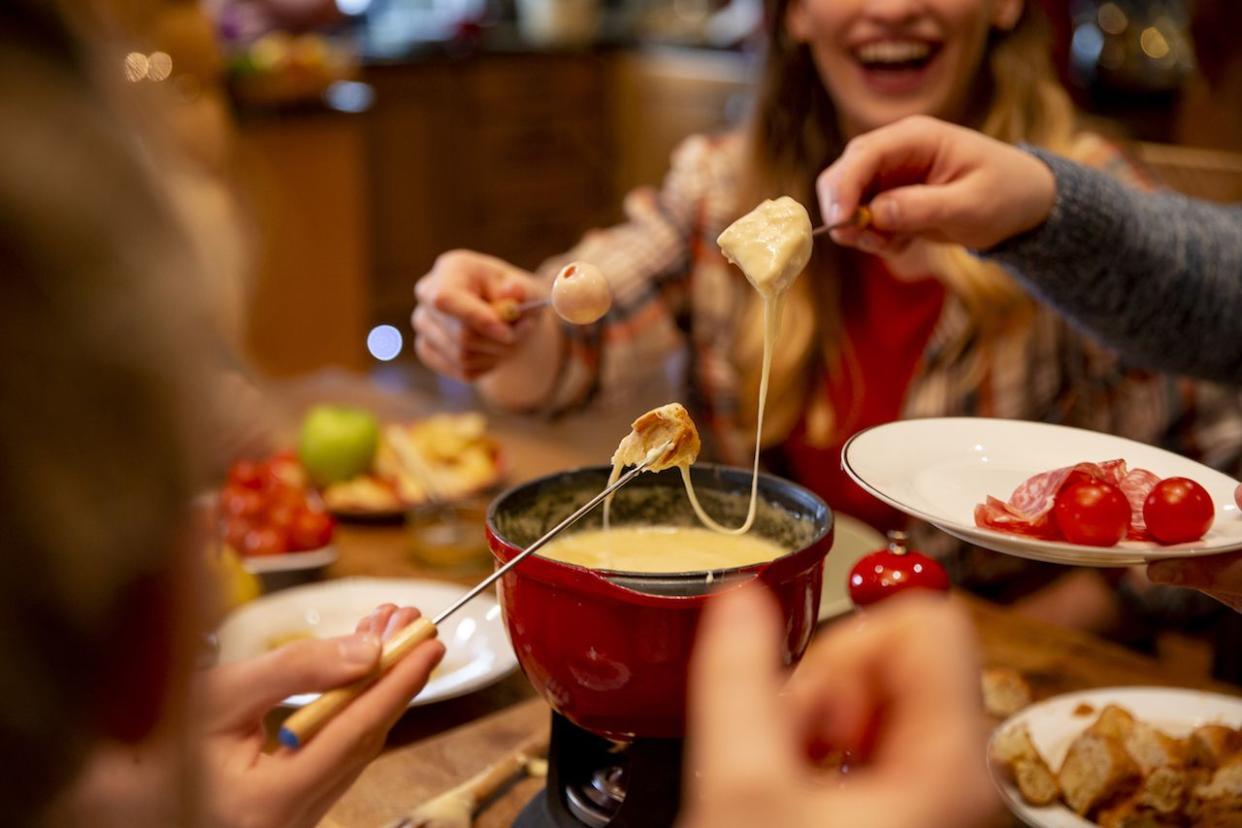
3. Fondue
In the 1970s, having a fondue set at your dinner party was de rigeur, and if you were not fondue-ing at your party, it was not a “happening.” A standard fondue set consists of a communal pot in which melted cheese or chocolate is kept heated, and everyone dips other food into it with a long fork, leading to the acceptance of not just double-dipping but triple-dipping. This may not sound like the basis for a wild party or even like something sanitary, but during the “Mad Men” era, it was all the rage.
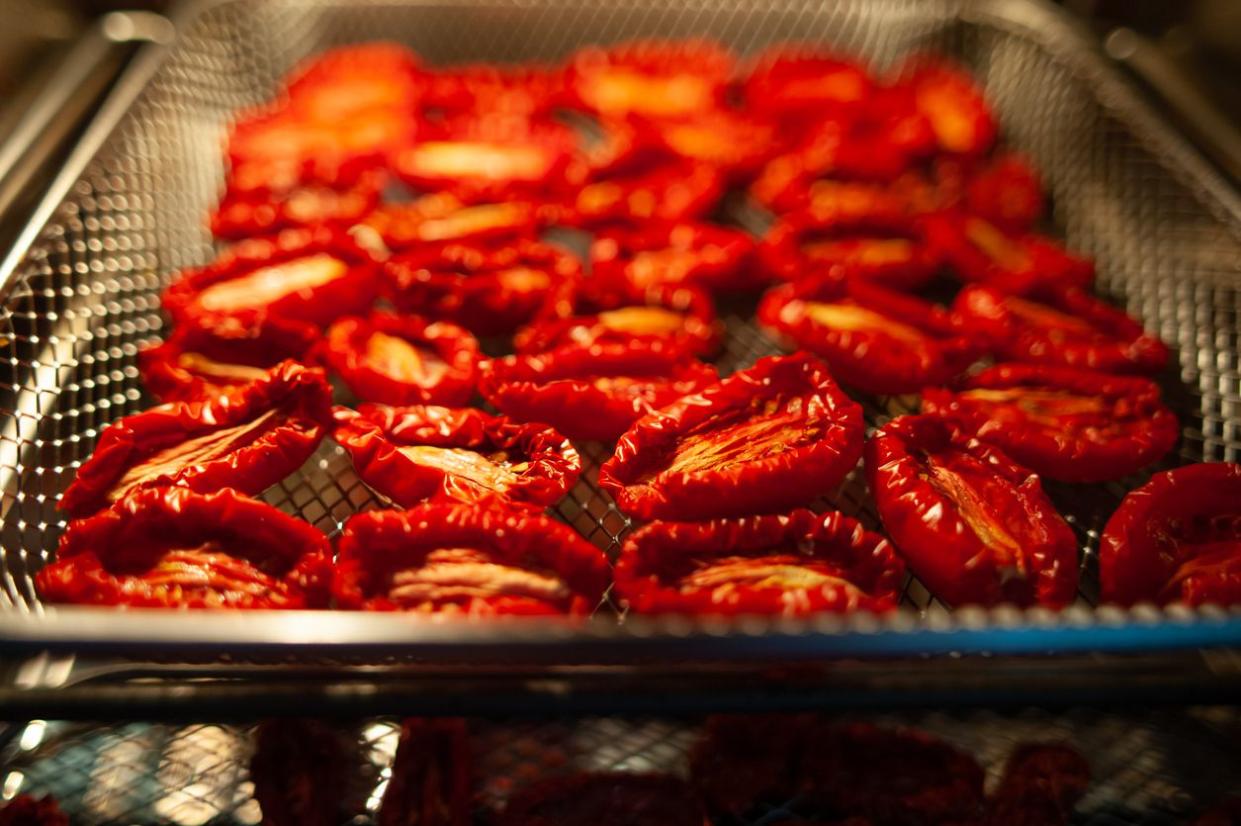
4. Sun-Dried Tomatoes
In the 1980s and 1990s, sun-dried tomatoes appeared on every menu at every restaurant in every city in the Western Hemisphere and elsewhere. If you weren’t dining out, you probably had many of them to eat at home. Sadly, just like Bell Bottoms, dubstep, and Kevin Spacey, they fell out of favor with the general public, and the craze died. They’re still available, so if you lament the fact that they went out of favor, nothing is stopping you from buying some, taking them home, and eating them in the dark as you become one with your terrible loneliness.
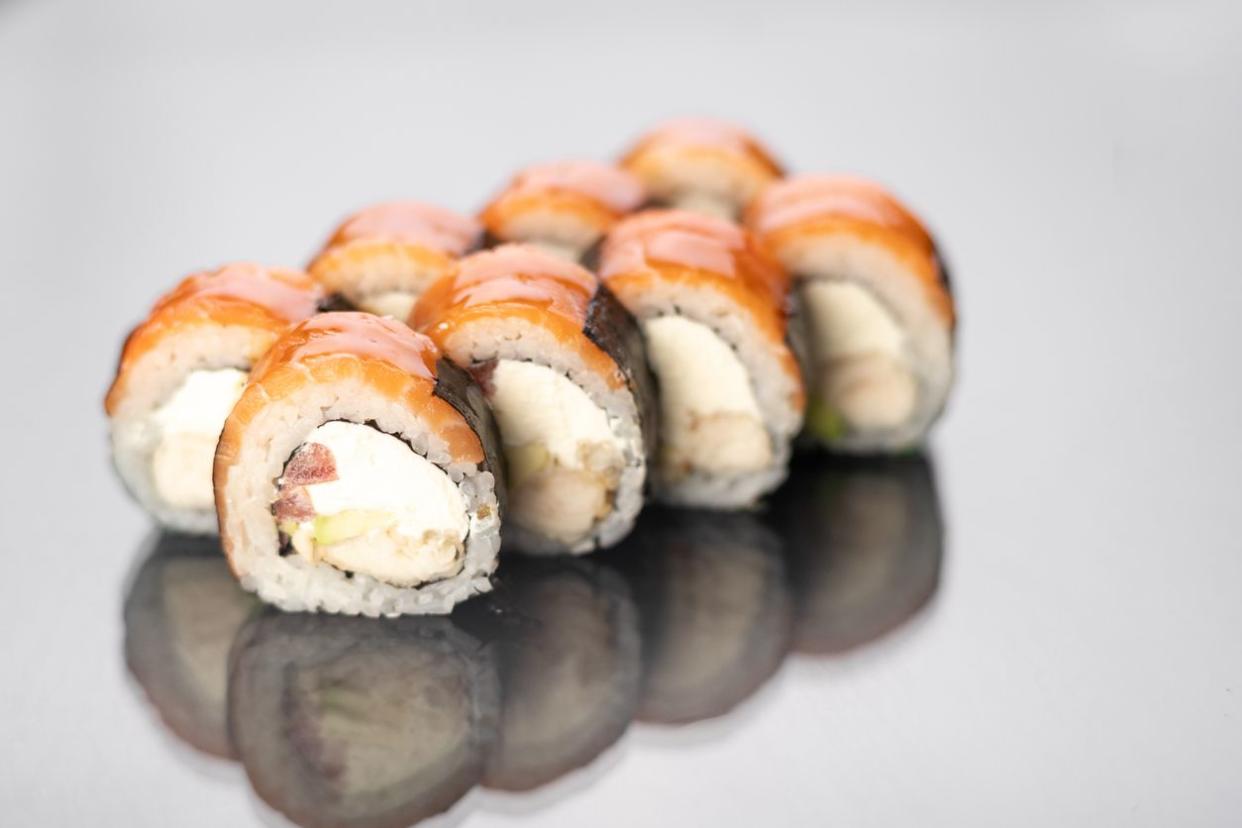
5. Sushi with Cream Cheese
Sushi with cream cheese was trendy during the 1990s as a fusion cuisine item, and during that time, most sushi restaurants served them. Alas, the whole point of sushi is supposed to be that you can eat all you want, and it’s not super filling, which was undermined by the practice of slathering a quarter packet of Philadelphia cream cheese all over everything, including your fingertips and shirt. The fad died out quickly, and today, you won’t see this item on many sushi menus, but hey, with all the room left in your stomach by forgoing cream cheese, you can fill up on bottle after bottle of judgment-impairing sake instead.
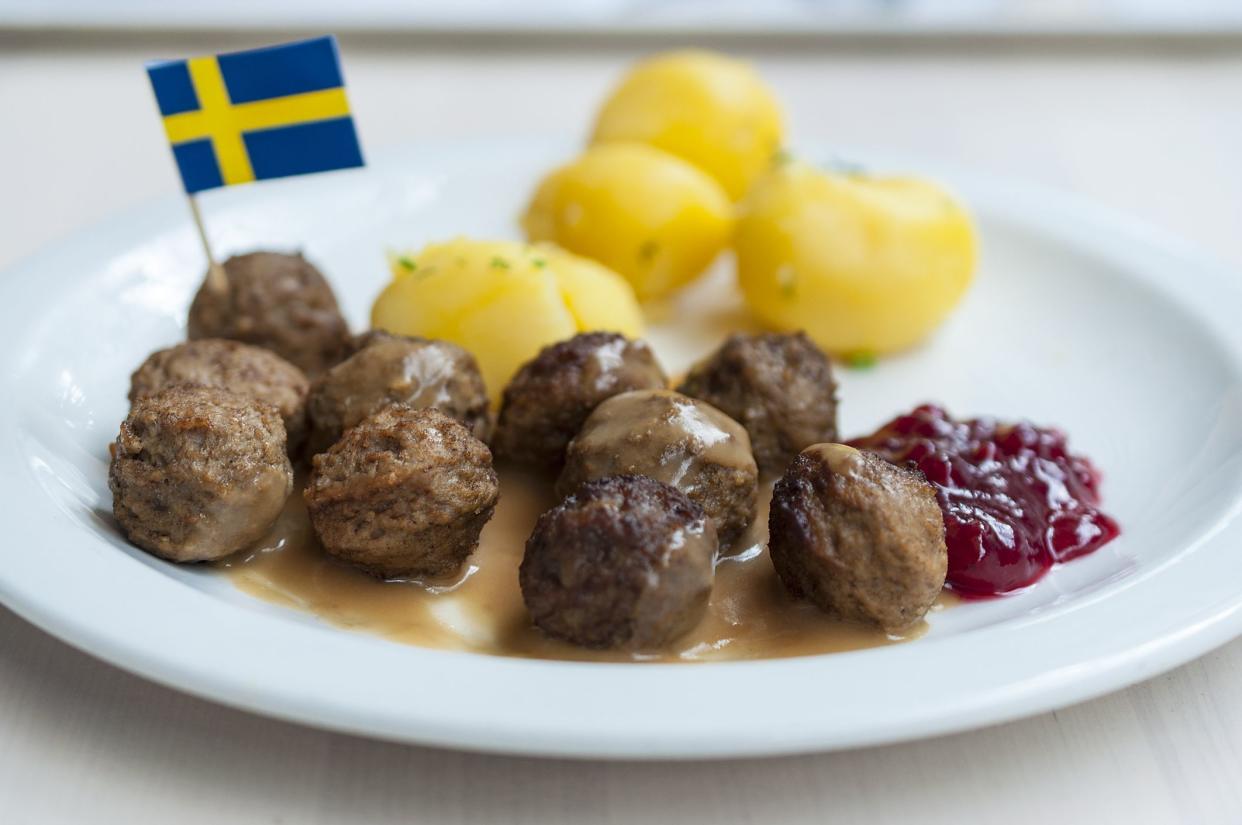
6. Swedish Meatballs
What’s the difference between Swedish meatballs and regular meatballs? In many places, a meatball is ground beef in a spherical configuration. However, the Swedish version consists of a mixture of beef, pork, eggs, milk, and onions, among other things that vary from region to region. This was a much more popular dish before the discovery of low-density lipoproteins (LDL), arterial plaque, and triglycerides, but once it became common knowledge that this yummy food was a delicious gateway to cardiac arrest, Americans began to limit their exposure to Swedish meatballs to the IKEA cafeteria only.
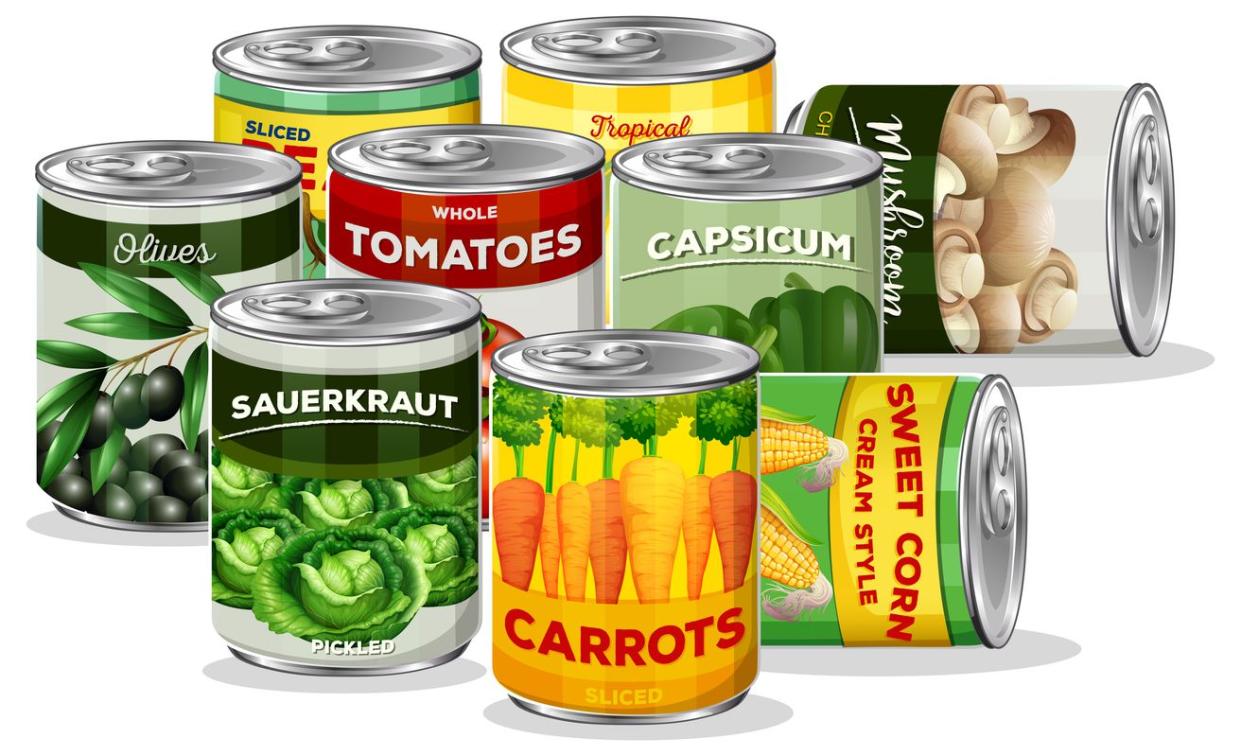
7. Canned Vegetables
There’s nothing wrong with canned vegetables. You can leave the cans in your pantry for an entire decade, and upon opening them, their contents will be as fresh as the day you bought them. But between the expansion of such franchises as Whole Foods and widely disseminated information about how fresh vegetables are much better for you, many people stopped telling Alexa to put canned veggies on their grocery lists, preferring to get the real (and more expensive) thing instead.
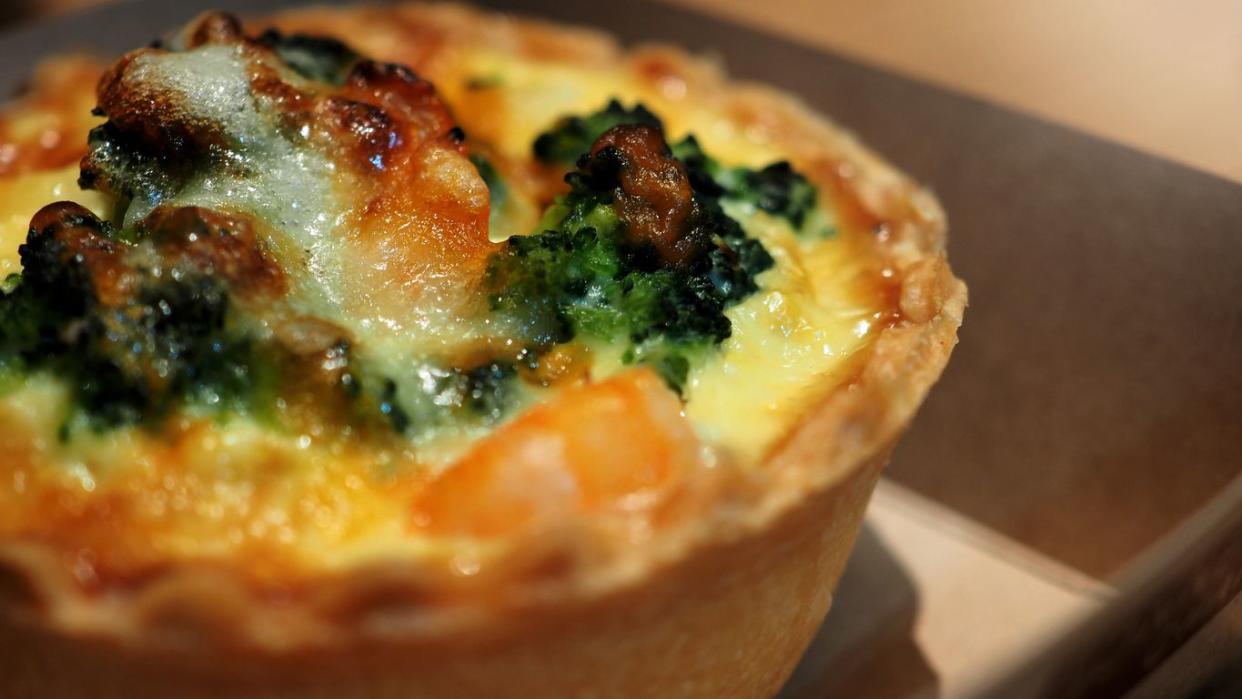
8. Quiche
Quiche is a French pastry with custard, cheese, meat, and other savory items. For a while there, it was hugely popular, so much so that there was a cultural backlash against the dish in the United States, and books such as “Real Men Don’t Eat Quiche” were themselves tongue-in-cheek responses to said backlash. Eventually, the fad died, and quiche was replaced as a brunch staple by avocado toast, which became the subject of ridicule from financial institutions looking to chide Millennials for their alleged spendthrift ways, i.e., “Stop blaming the 2008 financial collapse for your empty bank account and blame your avocado toast purchases instead! And make your coffee at home!”
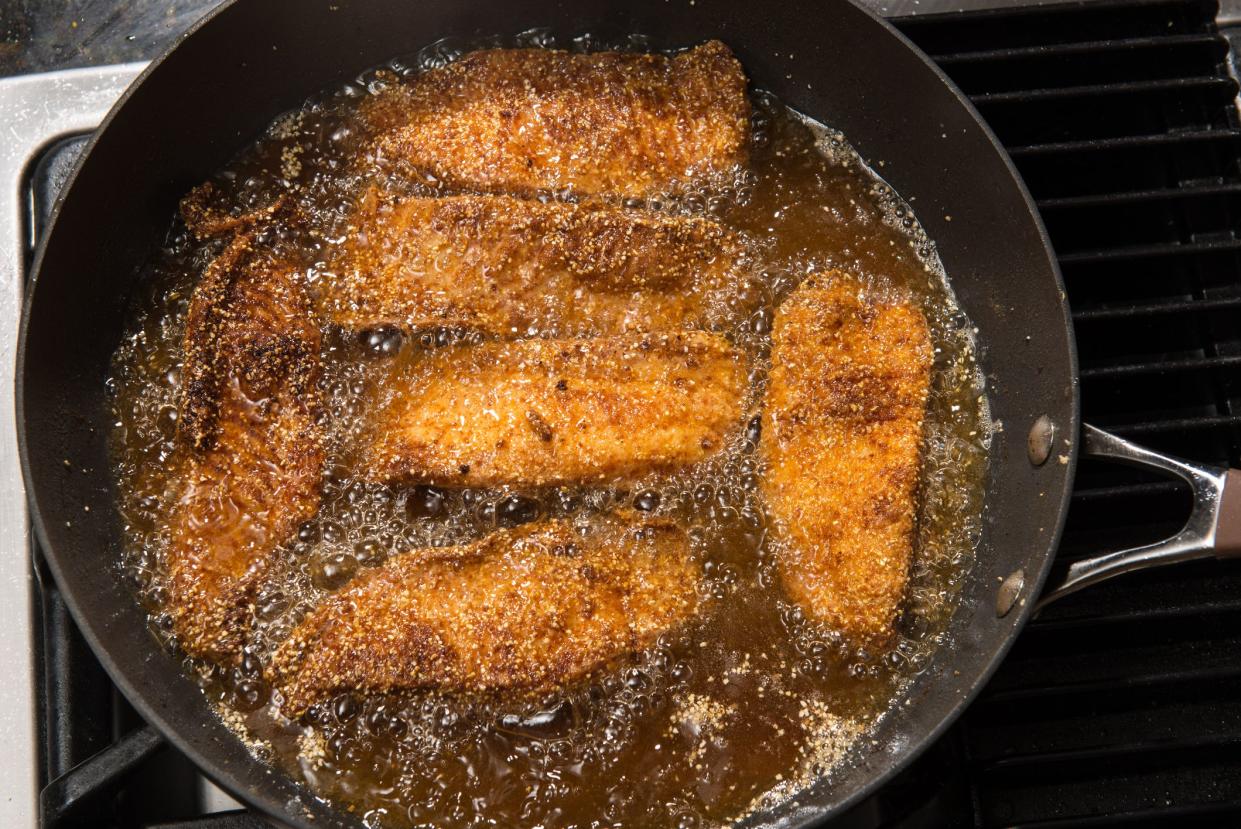
9. Blackened Everything
Cajun cuisine had its moment of high rotation in the 1980s when chefs all over the United States started “blackening” everything, a polite word for “burning the food slightly to give a charred appearance.” Those blackened foods were actually pretty darn good in the hands of a capable chef, but like so many other fads, there got to be too much of it too fast, and this style of cuisine began to disappear from menus outside of the state of Louisiana. Having said that, if you find yourself in that particular state and blackened anything appears on the menu, order it.
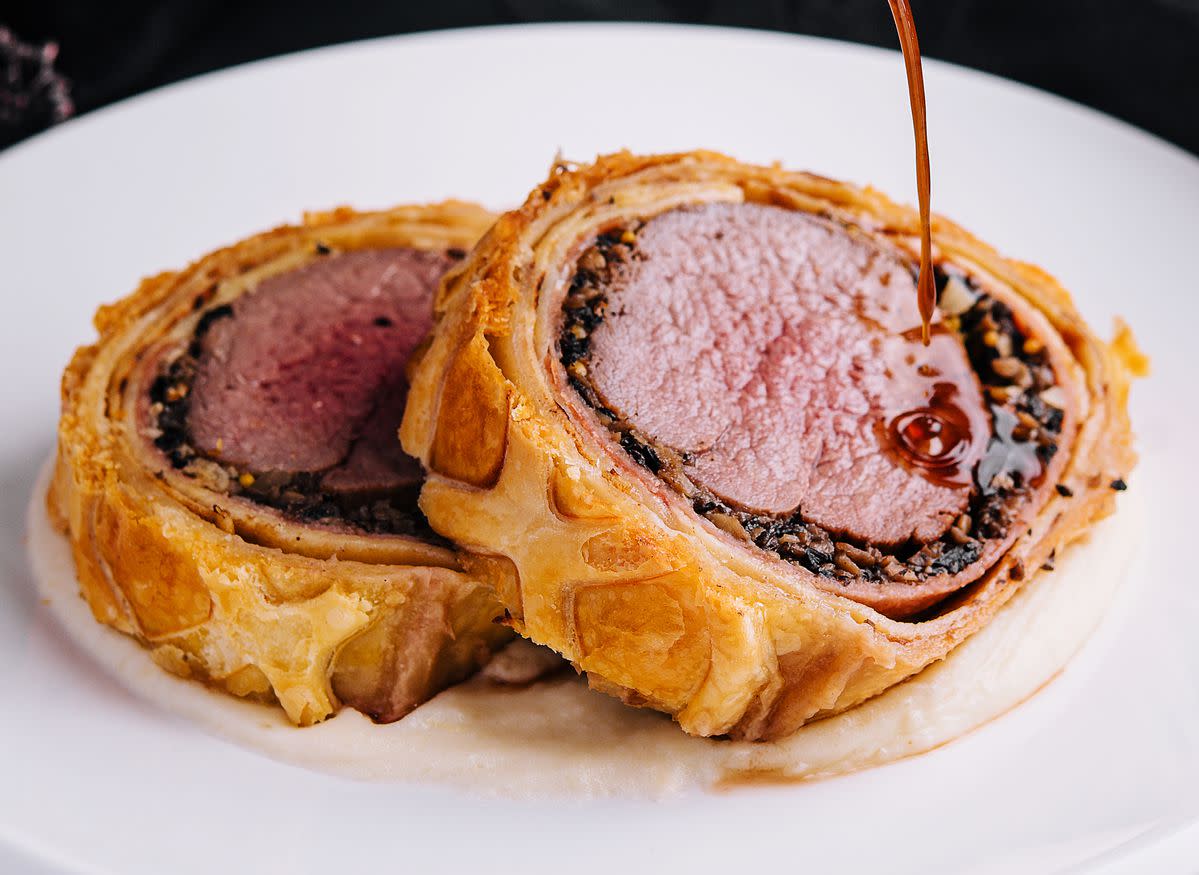
10. Beef Wellington
Information about the origins of Beef Wellington is scarce, so it’s hard to say more about it besides the fact that it’s been around for a couple hundred years. A steak dish believed to be of English origin, it consists of fillet steak coated with pâté and wrapped in puff pastry. In its heyday, it was a staple of formal dining occasions, but today, Americans probably know it best as the dish most likely to send aspiring chefs on “Hell’s Kitchen” into hysterical tears and cause them to rage-quit the show on the first episode.
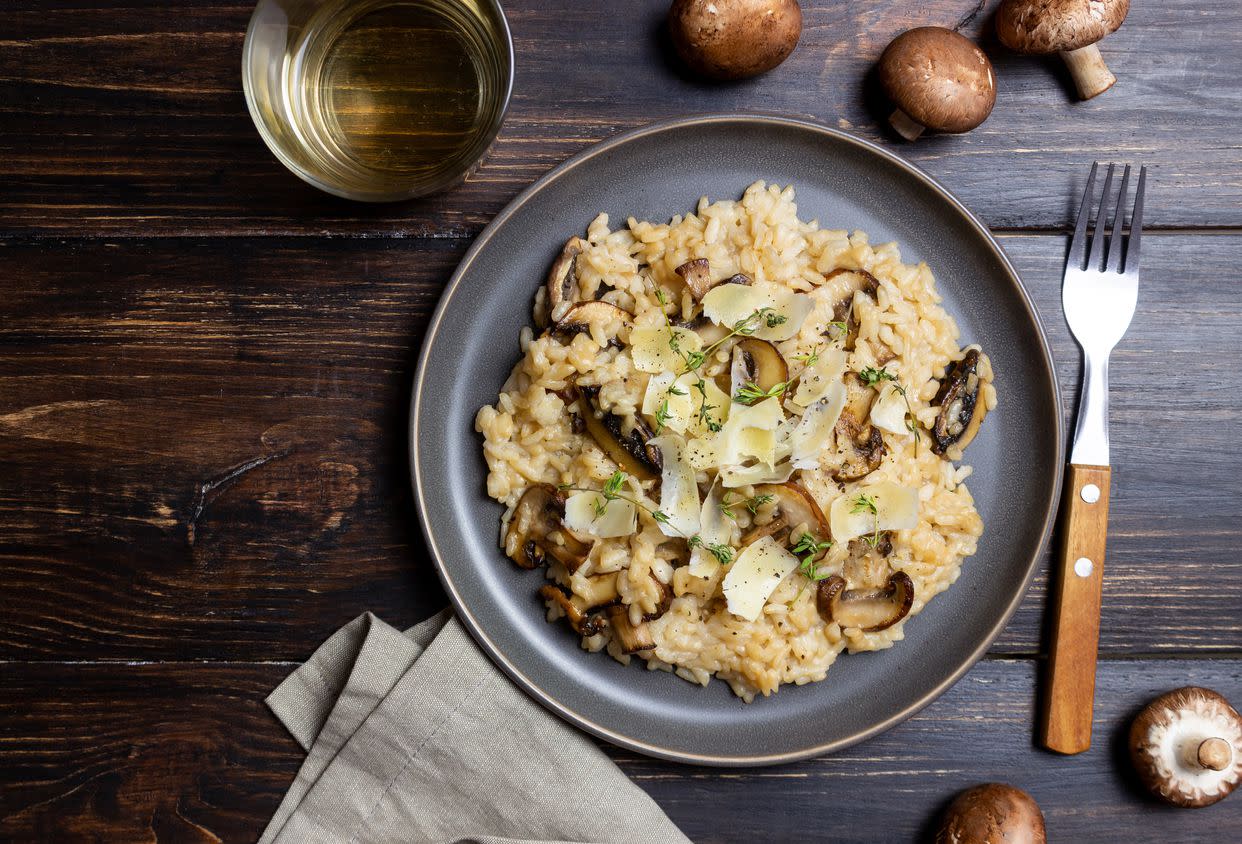
11. Mushroom Risotto
Speaking of “Hell’s Kitchen” and crying, another dish that’s broken more than one aspiring chef is mushroom risotto, an Italian rice dish. You can still find it on many restaurant menus, so it hasn’t gone the way of Jell-O salad, but its days as a trendy and ubiquitous dish are definitely in the past.

12. Cronuts
The cronut was invented In 2013 by bakery owner Dominique Ansel, and as its name implies, it's a combination of a croissant and a donut. For reasons modern science has yet to explain, people went completely nuts for this thing and formed lines outside bakeries that stretched around entire city blocks. While we don’t want to yuck anyone’s yum, it is a complete mystery as to why this thing inspired the rhapsodic response that it got, since it’s just a croissant combined with a donut, and while nothing was wrong with the taste, it simply could not live up to the hype surrounding it. Cronuts are still available today, but who cares?
